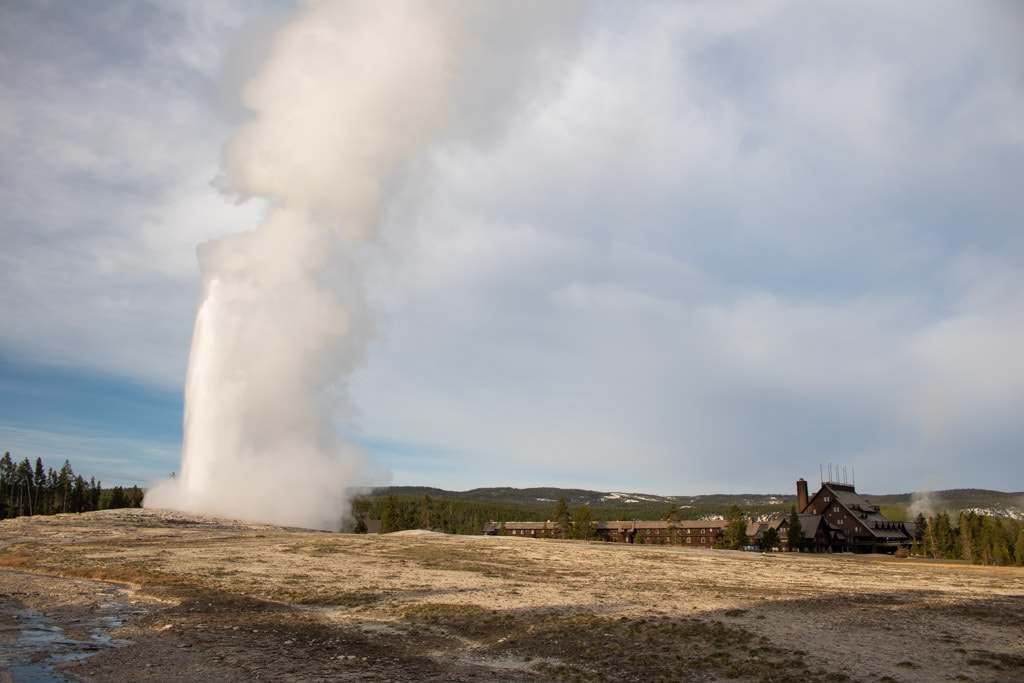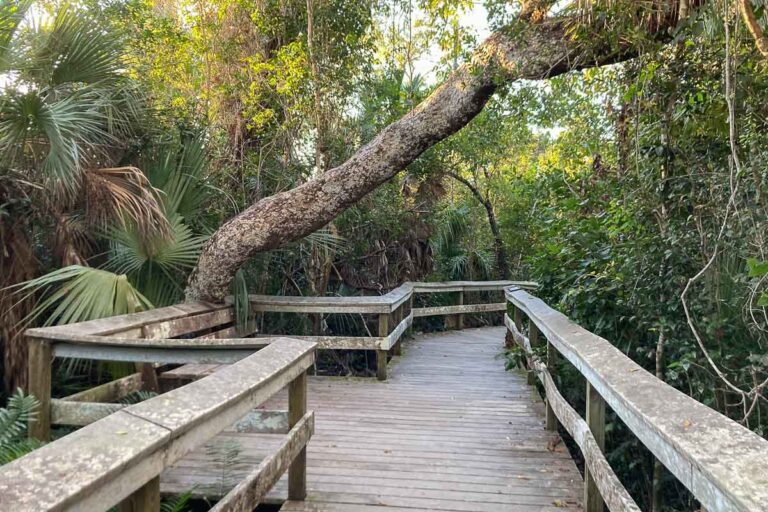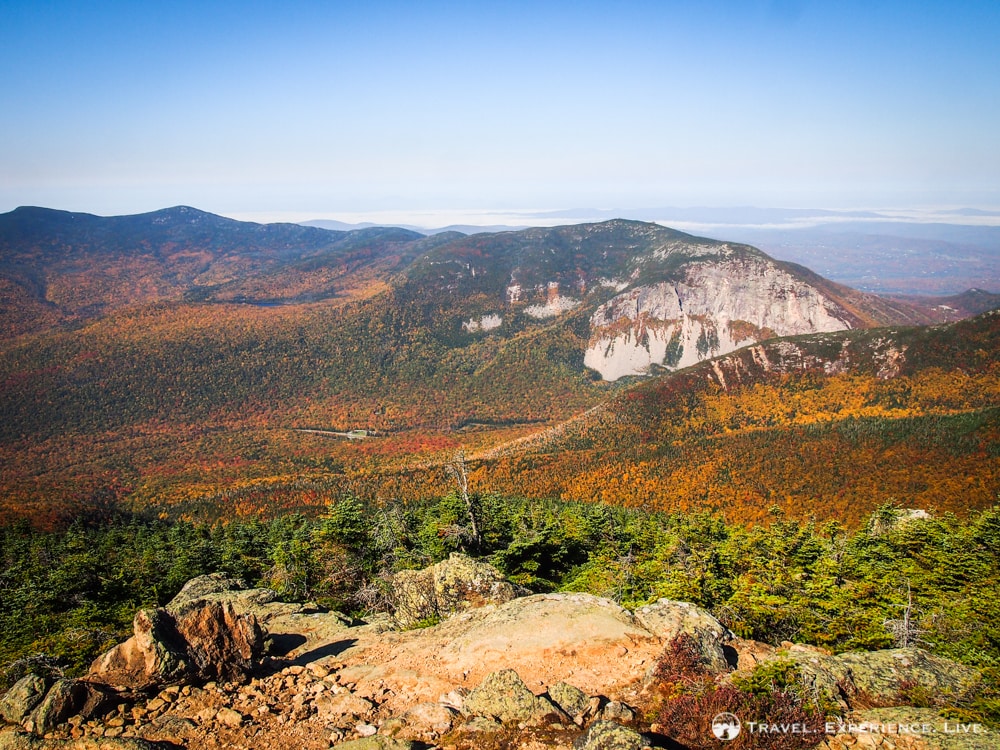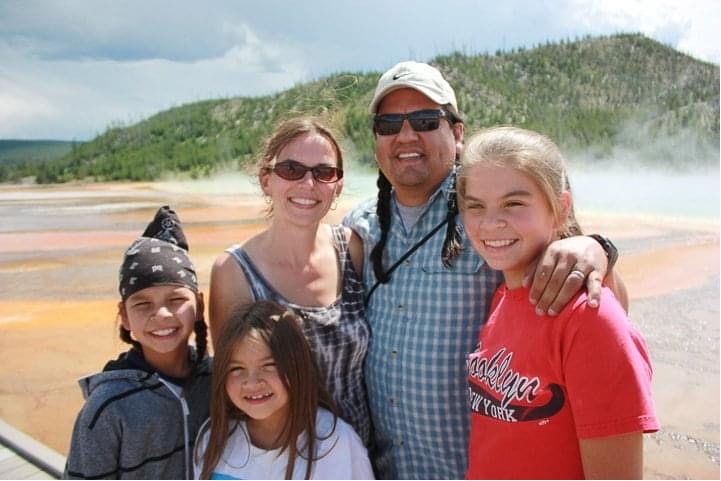The Predictable Geysers of Yellowstone National Park
Yellowstone National Park, the crown jewel of America’s national parks, is home to some of the most fascinating geothermal phenomena on the planet. Among these wonders are its geysers—natural hot springs that periodically erupt with jets of water and steam.
While there are over 500 active geysers in Yellowstone (more than the rest of the world combined), only a select few are known for their predictability, captivating visitors with their reliable and spectacular displays.
These “predictable geysers” act as nature’s timekeepers, reminding us of the intricate and dynamic forces at play beneath the Earth’s crust.
In this blog post, we’ll explore the science behind geyser activity, delve into the specifics of Yellowstone’s most predictable geysers, and share insider tips to maximize your chances of seeing them erupt.
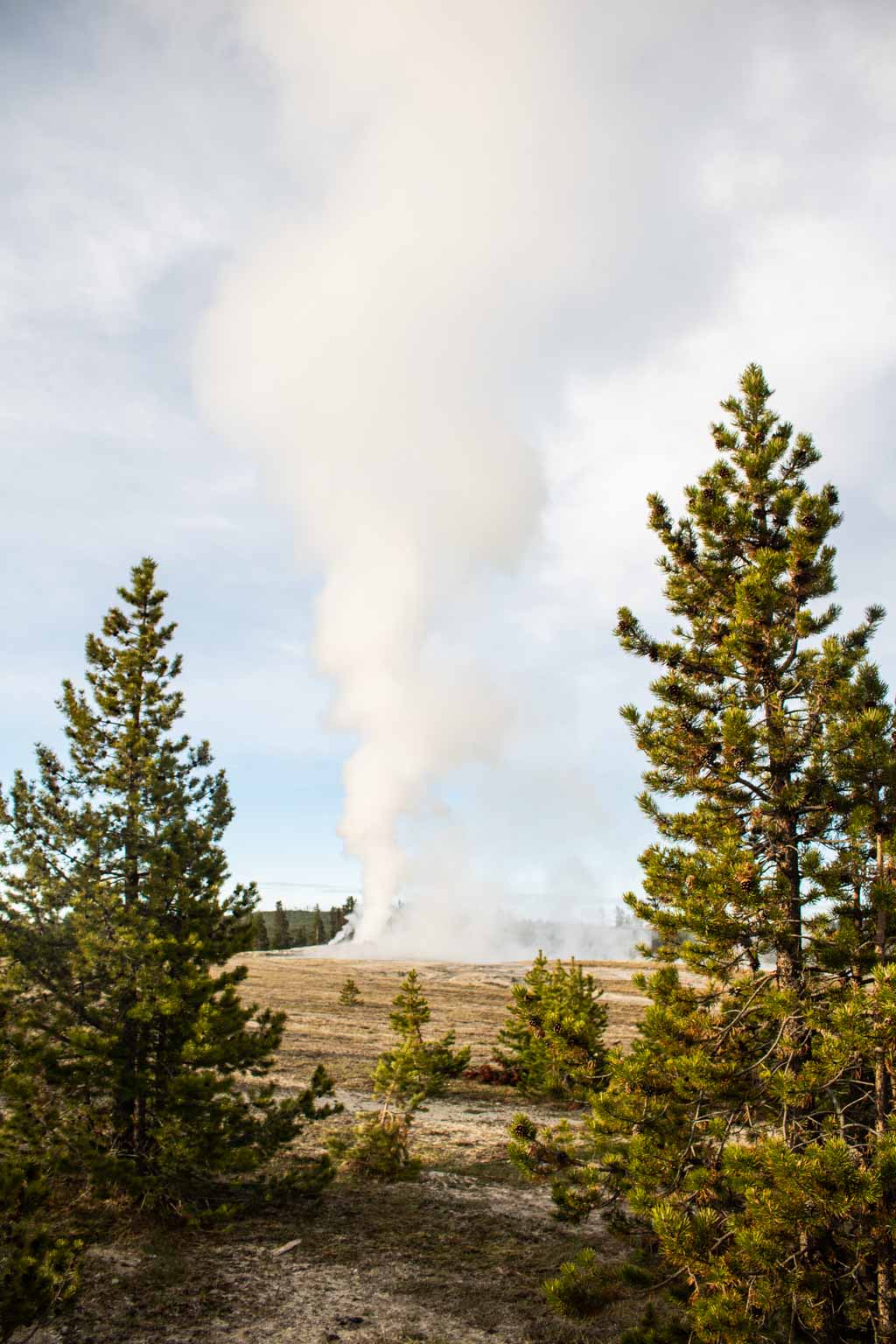
Understanding Yellowstone’s Geysers: A Primer
One of several different hydrothermal features in Yellowstone, like fumaroles and hot springs, geysers are rare phenomena, requiring a precise combination of geological and hydrological conditions to form.
Their activity is driven by a subterranean network of water-filled chambers, heated by magma located just a few miles beneath Yellowstone’s surface.
When the water in these chambers reaches its boiling point, it creates immense pressure, forcing steam and water upward through narrow passages to the surface.
The predictability of certain geysers in Yellowstone National Park hinges on the consistency of their underground plumbing systems. Unlike chaotic geysers, where erratic chamber configurations result in irregular eruptions, predictable geysers have stable and repeatable water recharge cycles. This allows them to erupt at intervals that can be forecast with remarkable accuracy.
6 Predictable Geysers in Yellowstone National Park
Yellowstone boasts a number of geysers known for their predictability, with Old Faithful being the most famous. However, several others are equally captivating, offering visitors a chance to witness these extraordinary natural features in action.
1. Old Faithful Geyser
- Location: Upper Geyser Basin
- Eruption Height: 100-180 feet
- Interval: Approximately 90 minutes
Old Faithful is synonymous with Yellowstone and one of the park’s most iconic landmarks. Its name reflects its reliable eruptions, which occur with intervals ranging from 50 to 120 minutes. These intervals are influenced by the duration of the previous eruption: longer eruptions typically result in longer intervals before the next event.
Old Faithful’s eruptions last between 1.5 and 5 minutes, discharging thousands of gallons of boiling water into the air. The National Park Service provides prediction times at visitor centers and on their website, making it easy to plan your Old Faithful eruption experience.
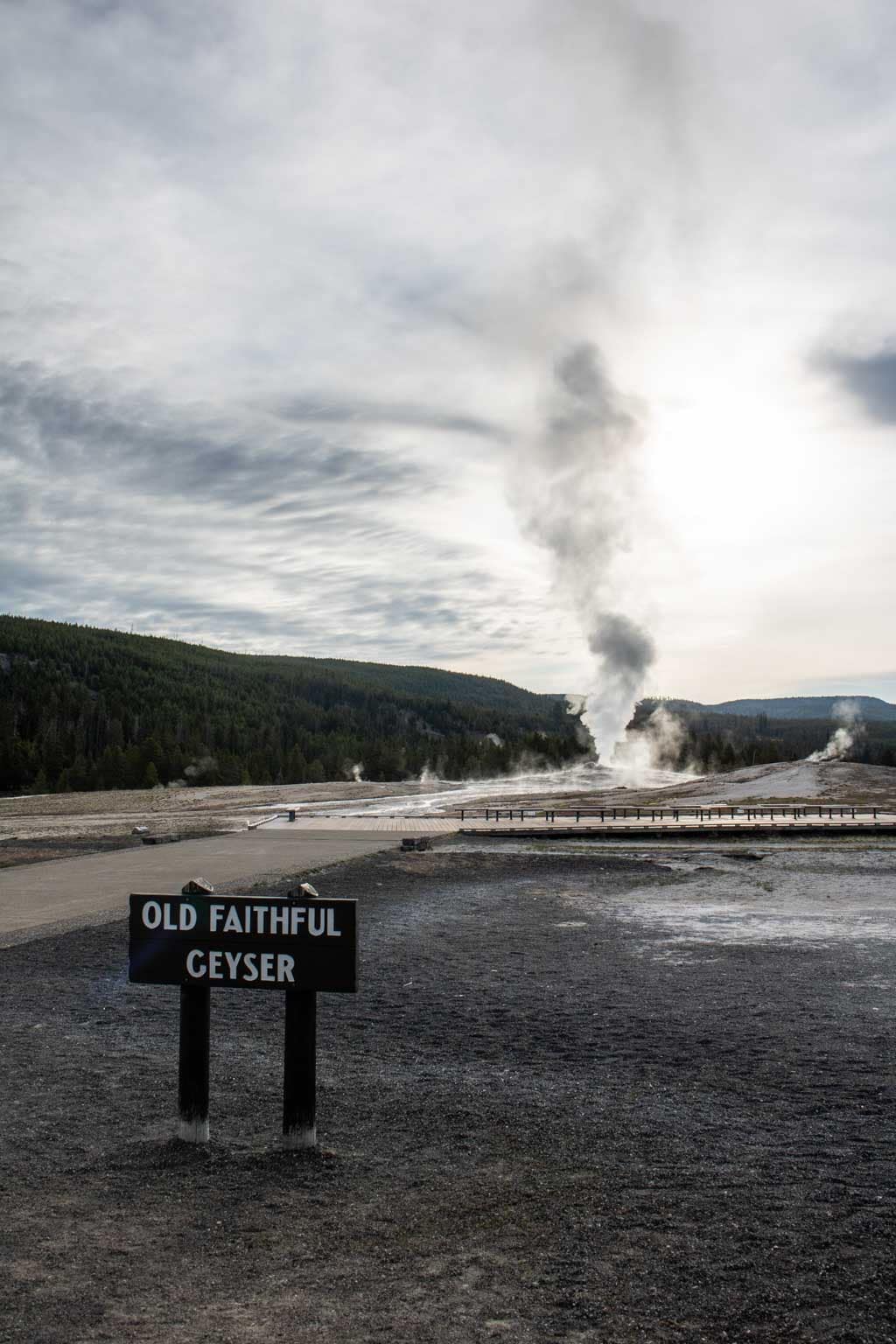
2. Castle Geyser
- Location: Upper Geyser Basin
- Eruption Height: 75 feet
- Interval: Approximately 14 hours
Castle Geyser earns its name from its castle-like cone, one of the world’s largest sinter formations and a structure formed by millennia of mineral deposits. Its eruptions are less frequent than other predictable geysers in Yellowstone, but no less spectacular.
A Castle Geyser eruption includes a powerful water phase lasting about 20 minutes, followed by a dramatic steam phase that can last up to 40 minutes. The combination of its unique cone and prolonged activity makes Castle Geyser a favorite among photographers.
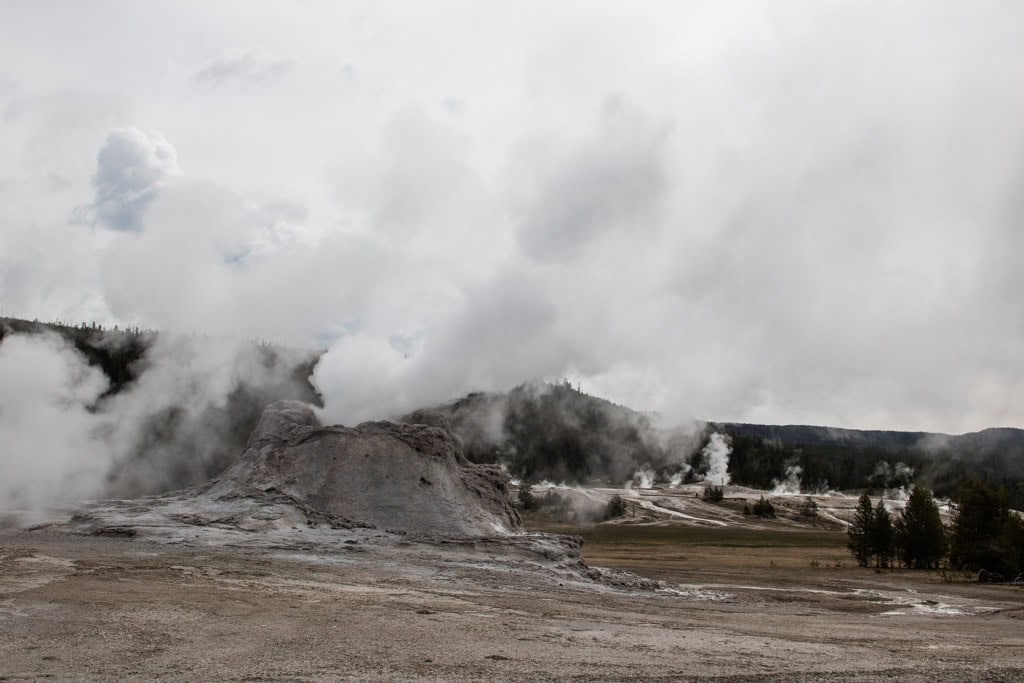
3. Grand Geyser
- Location: Upper Geyser Basin
- Eruption Height: 150-200 feet
- Interval: 5-8 hours
Grand Geyser is the tallest predictable geyser in the world. Its eruptions are characterized by their impressive height and multi-burst activity, often lasting between 9 and 12 minutes. Unlike Old Faithful’s steady column of water, Grand Geyser‘s eruptions are much more powerful.
Linked to the activity of other nearby geysers, particularly the Turban Geyser and Vent Geyser, Grand Geyser’s show-stopping performances are well worth the wait, and visitors are often treated to additional bursts during the same eruption cycle.
Note that, while still being predictable, Grand Geyser tends to be prone to sudden changes in its eruption intervals.
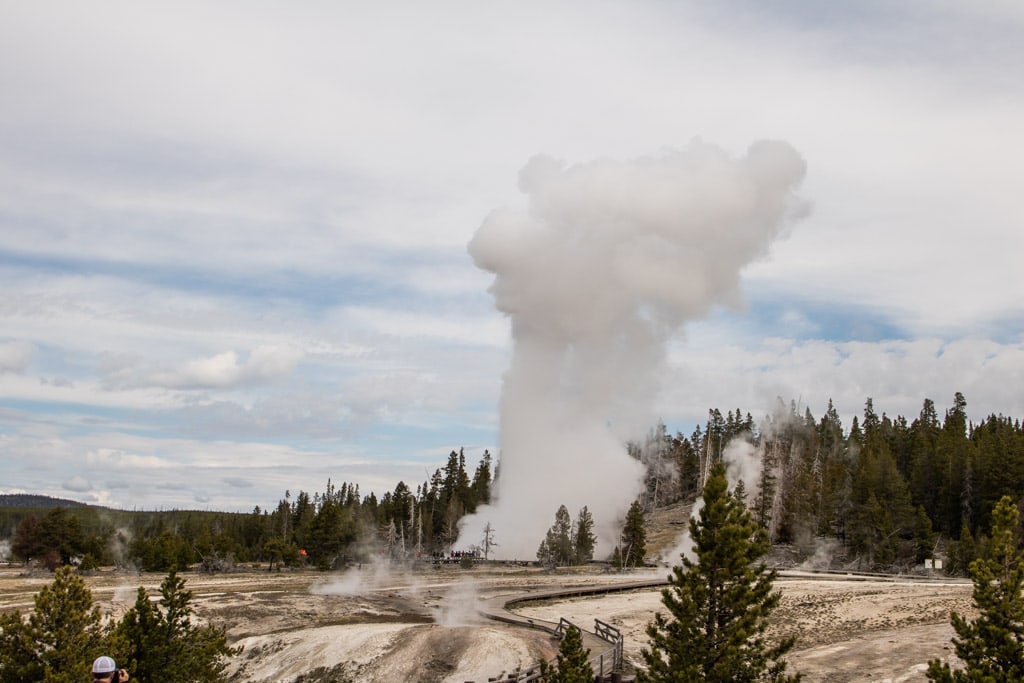
4. Riverside Geyser
- Location: Upper Geyser Basin
- Eruption Height: 75 feet
- Interval: Approximately 6 hours
Perched scenically on the bank of the Firehole River, Riverside Geyser is a cone geyser and, because of its location away from the influence of other geysers, it’s one of the most reliable and predictable geysers in Yellowstone.
Its water arches gracefully over the river, creating stunning reflections and rainbows. Eruptions last about 20 minutes and are preceded by noticeable boiling activity, along with water spilling over the edge of the cone, making it easy to anticipate the spectacle.
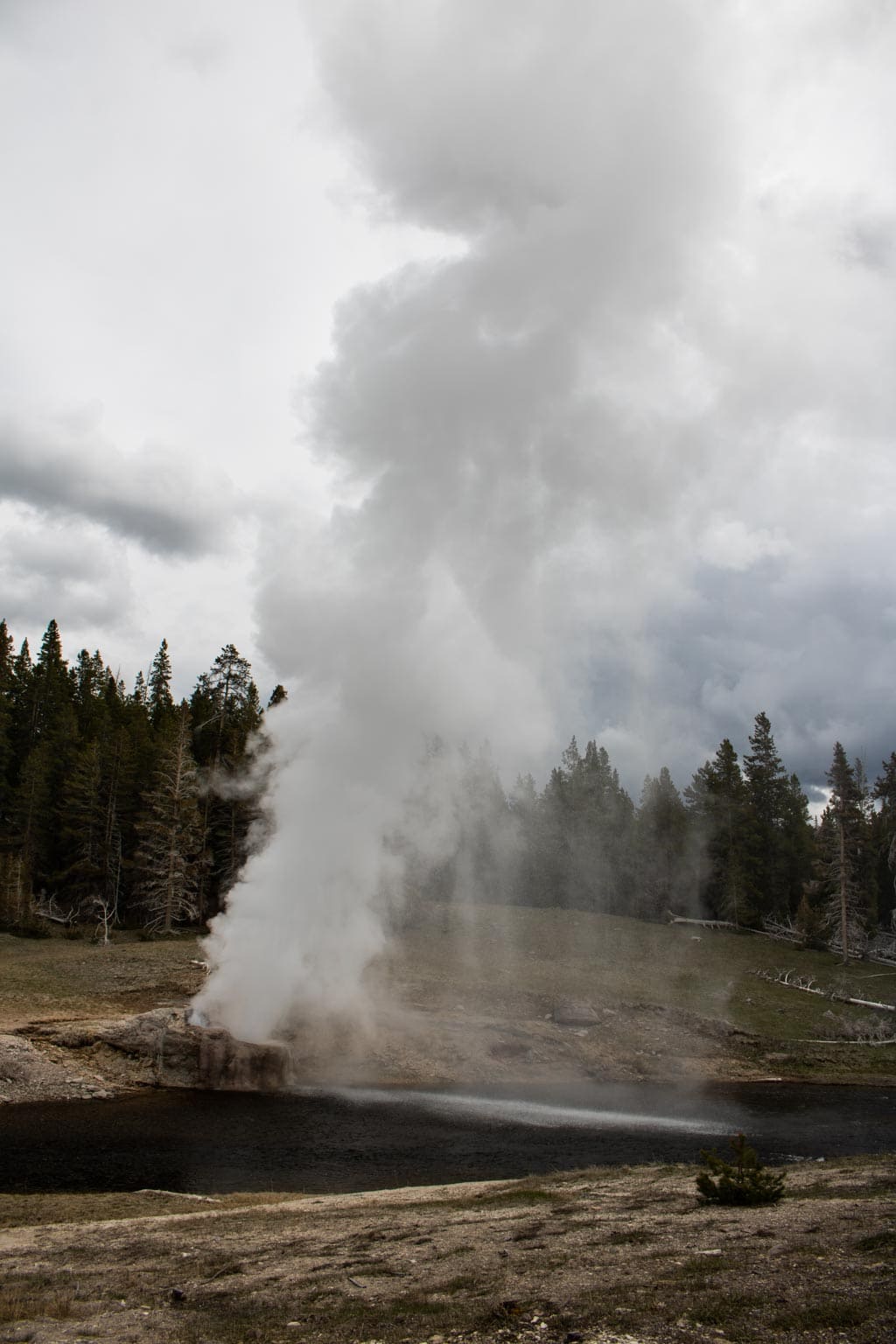
5. Daisy Geyser
- Location: Upper Geyser Basin
- Eruption Height: 75 feet
- Interval: 2-4 hours
Daisy Geyser is known for its relatively short and frequent eruptions, which last 3-5 minutes on average. Its fountain is noteworthy because it erupts at an angle.
Its activity is less intense than some of the larger geysers, but it compensates with consistent and picturesque displays. Along with famous Old Faithful, Daisy’s predictable behavior and accessibility make it a great option for visitors with limited time.
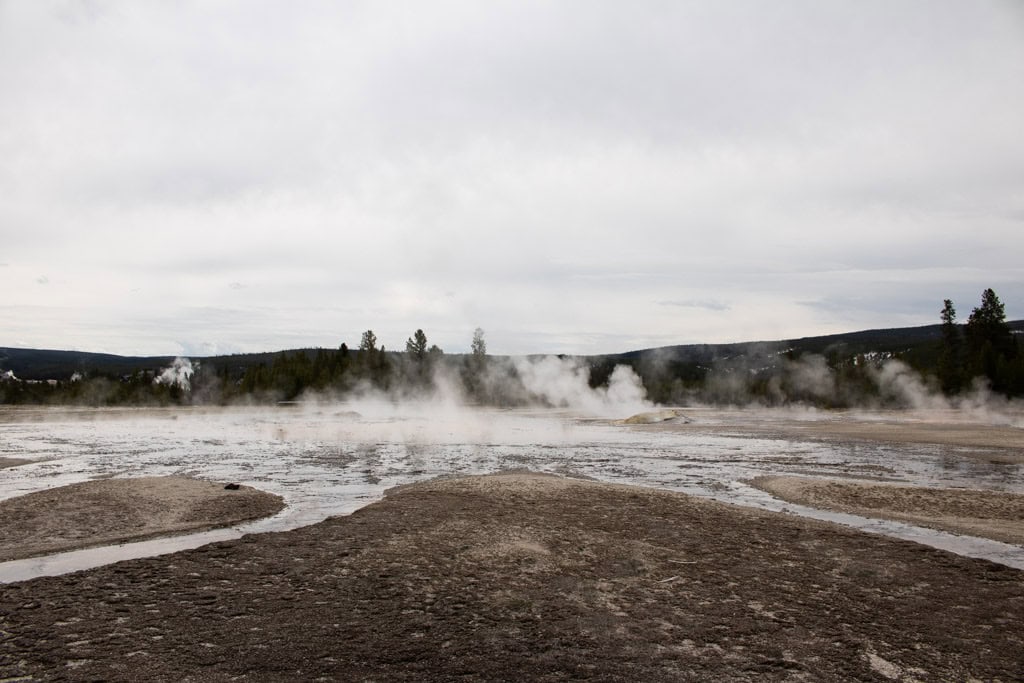
6. Great Fountain Geyser
- Location: Firehole Lake Drive (Lower Geyser Basin)
- Eruption Height: 70-200 feet
- Interval: 10-14 hours
Located along Firehole Lake Drive, Great Fountain Geyser is renowned for its elegant eruptions, which occur in a series of bursts. Each eruption can last up to an hour, with water reaching heights of 200 feet during so-called “superbursts.”
The surrounding terraced pools enhance the visual appeal, making it a favorite for evening visitors hoping to capture dramatic sunset photos.
Although Great Fountain Geyser is considered one of the six predictable geysers in Yellowstone National Park, its eruptions can sometimes be irregular, making predictions occasionally impossible.
Tips for Witnessing Geyser Eruptions
- Check Prediction Times: The National Park Service provides updated predictions for the six abovementioned geysers at the Old Faithful Visitor Center, on the NPS app, and on the Yellowstone National Park website. Use these resources to plan your visit.
- Arrive Early: Popular geysers like Old Faithful attract large crowds, especially during peak seasons. Arriving early ensures you get a good viewing spot. If possible, I recommend watching Old Faithful erupt around sunrise, which tends to be a relatively quiet time of the day.
- Bring a Camera: Yellowstone’s geysers provide incredible photo opportunities. A tripod can help you capture long-exposure shots of erupting geysers and their surrounding landscapes.
- Be Patient: While predictable geysers are relatively reliable, nature is not a precise clock. Allow for some flexibility in your schedule to avoid missing an eruption.
- Respect Safety Rules: Stay on designated boardwalks and trails to protect both yourself and the fragile geothermal features. Geyser basins are delicate environments, and stepping off the path can cause irreparable damage and is illegal.
- Visit at Different Times: Early-morning and late-evening visits often offer better lighting and fewer crowds, enhancing your overall experience.
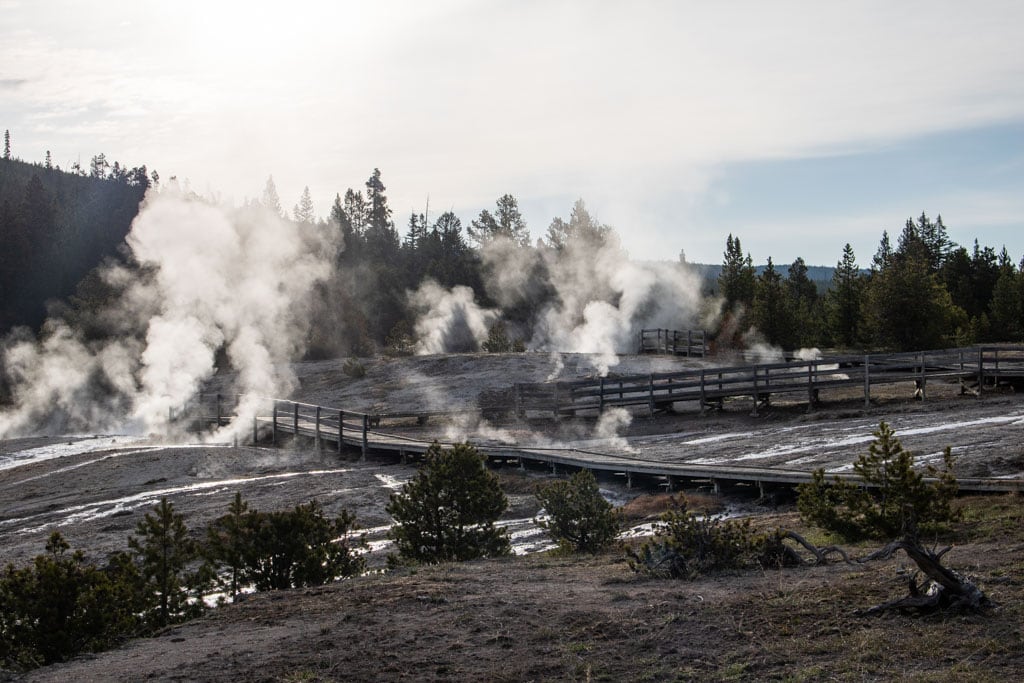
The Science Behind Predictability
The predictability of Yellowstone’s geysers is a testament to the park’s unique geology. The interplay of heat, water, and rock creates a delicate balance that allows geysers to function. Geothermal features like geysers are powered by Yellowstone’s massive volcanic system, which provides the heat necessary to drive these eruptions.
Beneath the surface, a complex network of water reservoirs and conduits determines a geyser’s eruption cycle. Factors influencing this cycle include:
- Water Recharge Rate: How quickly water refills the underground chambers.
- Heat Transfer: The rate at which magma heats the water.
- Chamber Geometry: The shape and size of the underground reservoirs and channels.
Even Yellowstone’s predictable geysers can experience shifts in behavior due to seismic activity, seasonal changes, or variations in groundwater levels. Monitoring these changes helps scientists better understand geysers and the broader geothermal systems they represent.
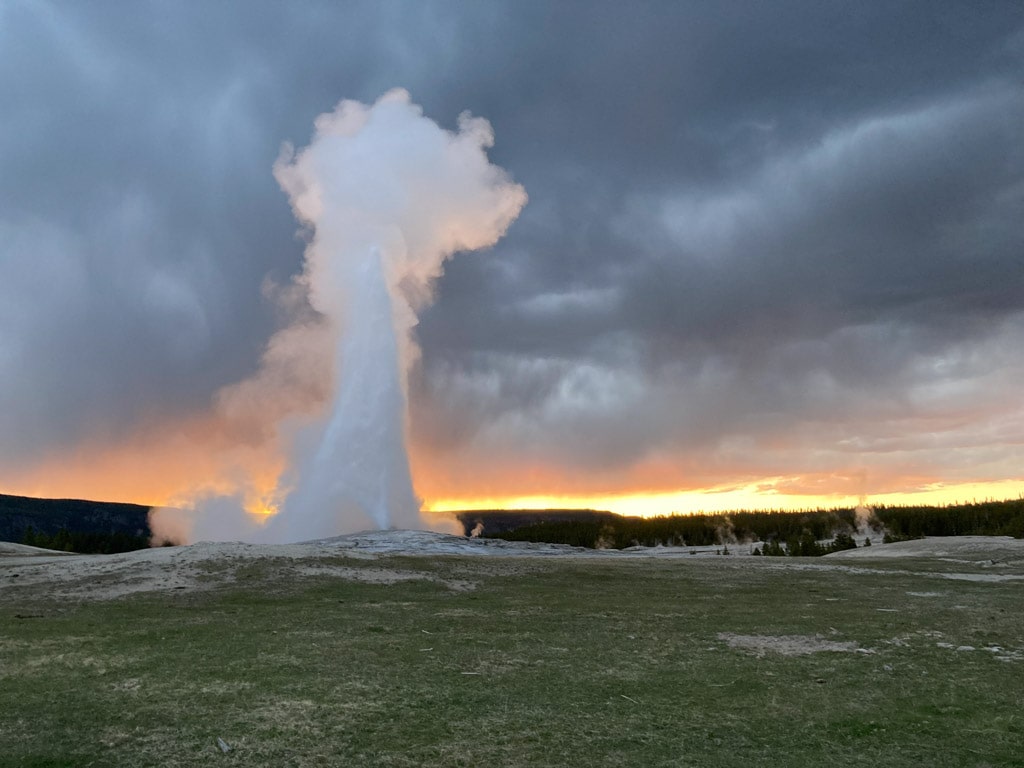
Other Noteworthy Geysers in the Upper Geyser Basin
- Beehive Geyser
- Giant Geyser
- Giantess Geyser
- Grotto Geyser
- Lion Geyser
The Broader Significance of Yellowstone’s Geysers
Yellowstone’s geysers are more than just tourist attractions; they’re windows into the Earth’s dynamic interior. Studying geysers provides valuable insights into volcanic activity, hydrothermal systems, and the delicate balance of ecosystems.
Moreover, Yellowstone’s geysers serve as a reminder of the park’s role in the conservation of natural wonders. The establishment of Yellowstone in 1872 as the world’s first national park marked a significant milestone in protecting unique landscapes and preserving them for future generations.
From the iconic eruptions of Old Faithful to the power of Grand Geyser and the graceful displays of Riverside Geyser, the six predictable geysers of Yellowstone National Park provide unforgettable experiences for millions of visitors each year.

